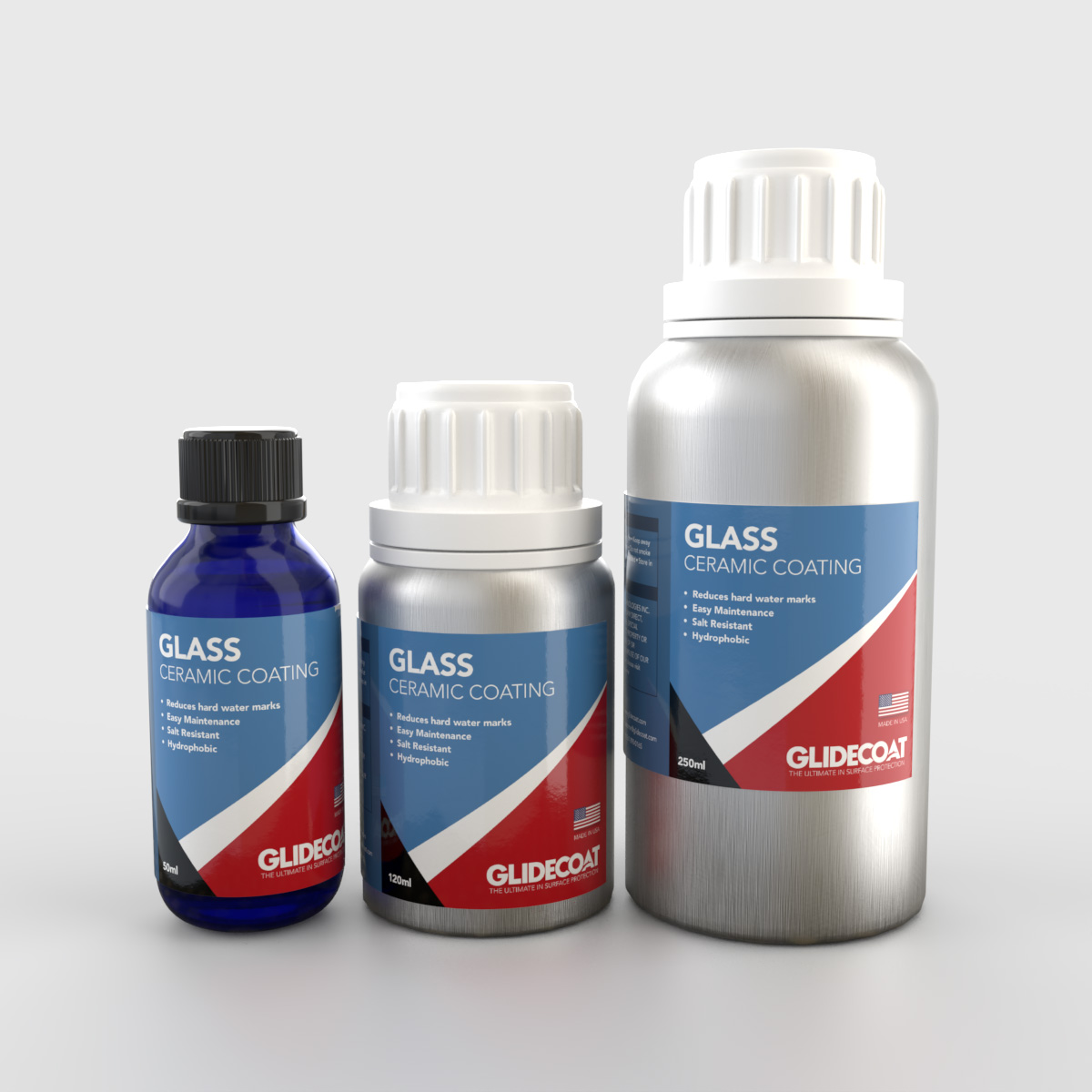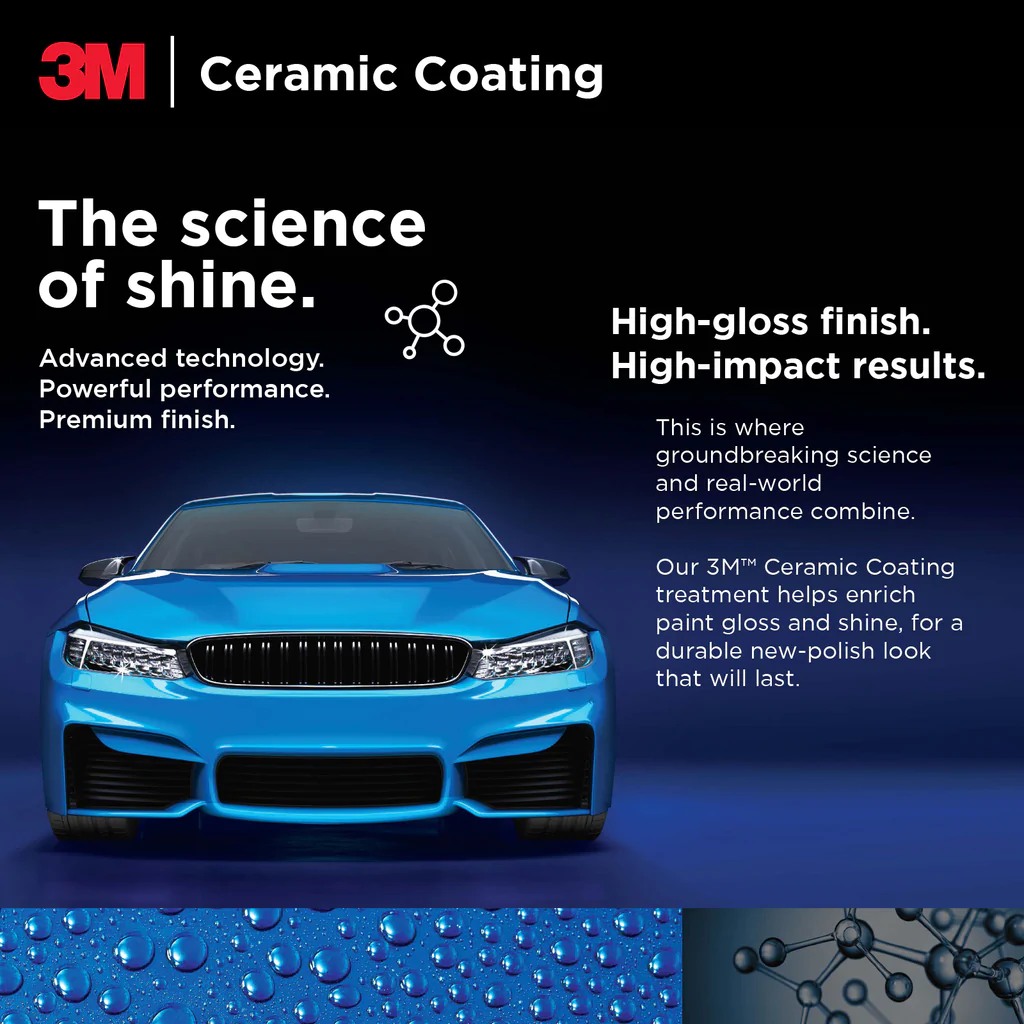Frequently Asked Questions Concerning Ceramic Coating Philadelphia Services Answered
Frequently Asked Questions Concerning Ceramic Coating Philadelphia Services Answered
Blog Article
Why Ceramic Layer Is the Ultimate Option for a Remarkable End Up
Ceramic covering has actually become a leading solution for those looking for a remarkable coating for their vehicles, thanks to its exceptional longevity and protective features. This innovative fluid polymer not just bonds flawlessly with factory paint however also provides a powerful barrier against typical risks such as scratches, UV rays, and ecological toxins. Its hydrophobic residential properties simplify maintenance while improving aesthetic charm. Nonetheless, recognizing just how this technology compares to traditional approaches and exploring its application nuances can expose a lot more regarding its worth. What factors genuinely set ceramic covering apart?
What Is Ceramic Finish?

When applied correctly, ceramic finishing develops a hydrophobic surface area that fends off water and dirt, making it simpler to clean and keep. Unlike typical waxes or sealants, which usually provide short-term protection, ceramic coatings can last for numerous years, relying on the product top quality and application approach. The procedure of applying ceramic finishing calls for meticulous preparation, including detailed cleansing and occasionally repaint correction, to ensure optimum bonding and efficiency.
Ceramic coverings are not restricted to automotive surfaces; they can additionally be made use of on numerous products, consisting of glass, steel, and plastics, giving a functional solution for improving protection. In general, ceramic covering stands for a significant advancement in surface area defense modern technology, incorporating both practical and aesthetic benefits for a large range of applications.
Advantages of Ceramic Layer
While lots of surface area defense alternatives exist, the advantages of ceramic layer stand out because of its unique buildings and long-lasting efficiency. Among the main advantages is its outstanding toughness. Ceramic Coating Philadelphia. Unlike typical wax or sealers that call for regular reapplication, ceramic coverings supply a resilient layer that can last for a number of years, dramatically reducing upkeep efforts
An additional noteworthy advantage is improved security versus ecological pollutants. Ceramic coatings create a hydrophobic surface that fends off water, dirt, and various pollutants, making it easier to clean. This feature not only preserves the vehicle's look but likewise minimizes the threat of corrosion and oxidation, especially in rough weather conditions.
Furthermore, ceramic finishes offer premium resistance to UV rays, protecting against fading and destruction of paint over time. This UV security is vital for keeping the aesthetic value of surfaces and lorries exposed to direct sunshine.
Additionally, the glossy coating attained with ceramic covering boosts the overall visual appeal, giving surfaces a showroom-quality sparkle. On the whole, ceramic coverings stand for a substantial advancement in surface security technology, providing enduring benefits that accommodate both functional and aesthetic demands.
How It Works
Comprehending the science behind ceramic layers exposes how they supply such impressive defense and longevity. At its core, a ceramic layer is a liquid polymer that chemically bonds with the vehicle's manufacturing facility paint. This bonding develops a protective layer that is both hydrophobic and oleophobic, repelling water, dust, and oil. The key component of many ceramic coatings is silicon dioxide (SiO2), which is derived from quartz. This substance adds to the finish's firmness and resistance to scrapes, UV rays, and ecological impurities.
The application procedure entails numerous actions, including surface preparation, which is critical to attaining optimal adhesion. Once used, the finishing goes through a treating procedure, throughout which it hardens and develops a semi-permanent bond with the paint surface. This bond is what distinguishes ceramic coverings from conventional waxes and sealants, supplying a longer-lasting protective obstacle that can endure for many years.
Furthermore, the thickness of the finish can boost its protective top qualities, guaranteeing that go to my site it can endure severe conditions. Ultimately, the science of ceramic coatings integrates sophisticated materials with ingenious application techniques to provide an unmatched level of defense and visual enhancement for automobiles.
Comparison With Conventional Methods
The benefits of ceramic finishes end up being particularly evident when contrasted to standard paint security methods such as sealers and waxes. While waxes offer a short-lived luster, typically lasting a few weeks to a number of months, ceramic coverings give a resilient safety layer that can withstand for several years. This longevity substantially lowers the regularity of reapplication, making ceramic layers a much more cost-effective option over time.
In addition, conventional approaches frequently call for comprehensive prep work and multiple applications to accomplish an acceptable degree of defense. In contrast, ceramic layers bond at a molecular level with the automobile's surface, producing a robust shield versus ecological contaminants like UV rays, acid rainfall, and road salts. This bond enhances the automobile's resistance to scrapes and swirl marks, which are prevalent with standard waxes and sealers.
Moreover, the hydrophobic residential or commercial properties of ceramic layers drive away water and dirt, leading to easier cleaning and maintenance. In comparison, wax and sealant-treated surface areas can bring in crud, demanding more frequent washing - Ceramic Coating Philadelphia. In general, ceramic finishes not only give exceptional defense but likewise deliver a more aesthetically attractive and enduring finish, establishing them as the preferred option for discerning car owners
Application and Maintenance Tips

Making use of a foam applicator, use the coating in small sections, following the supplier's standards regarding thickness and overlap. Allow sufficient curing time in between coats, normally 24 hours, to guarantee correct bonding. After application, it is crucial to prevent exposure to water or extreme aspects for at the very least a week to permit the finishing to completely treat.
In addition, making use of a ceramic upkeep spray can improve the finish's hydrophobic homes and durability. Regular inspections for any indications of wear will certainly assist keep the finish's integrity and protect that pristine surface.
Verdict
In final thought, ceramic covering emerges as a remarkable choice for achieving a remarkable auto surface. By creating a robust bond with factory paint, ceramic finishing successfully shields versus scratches, UV rays, and ecological contaminants.

Report this page